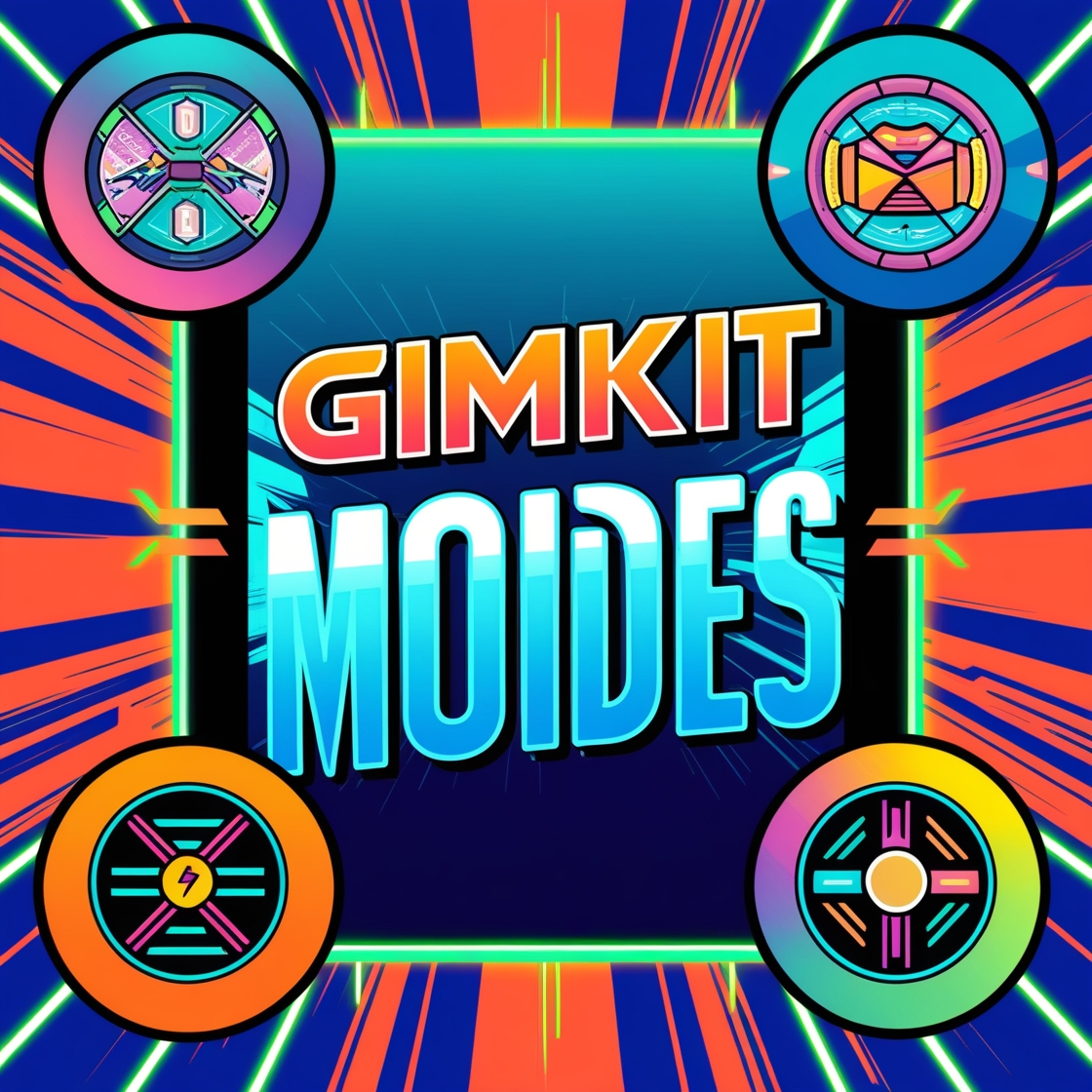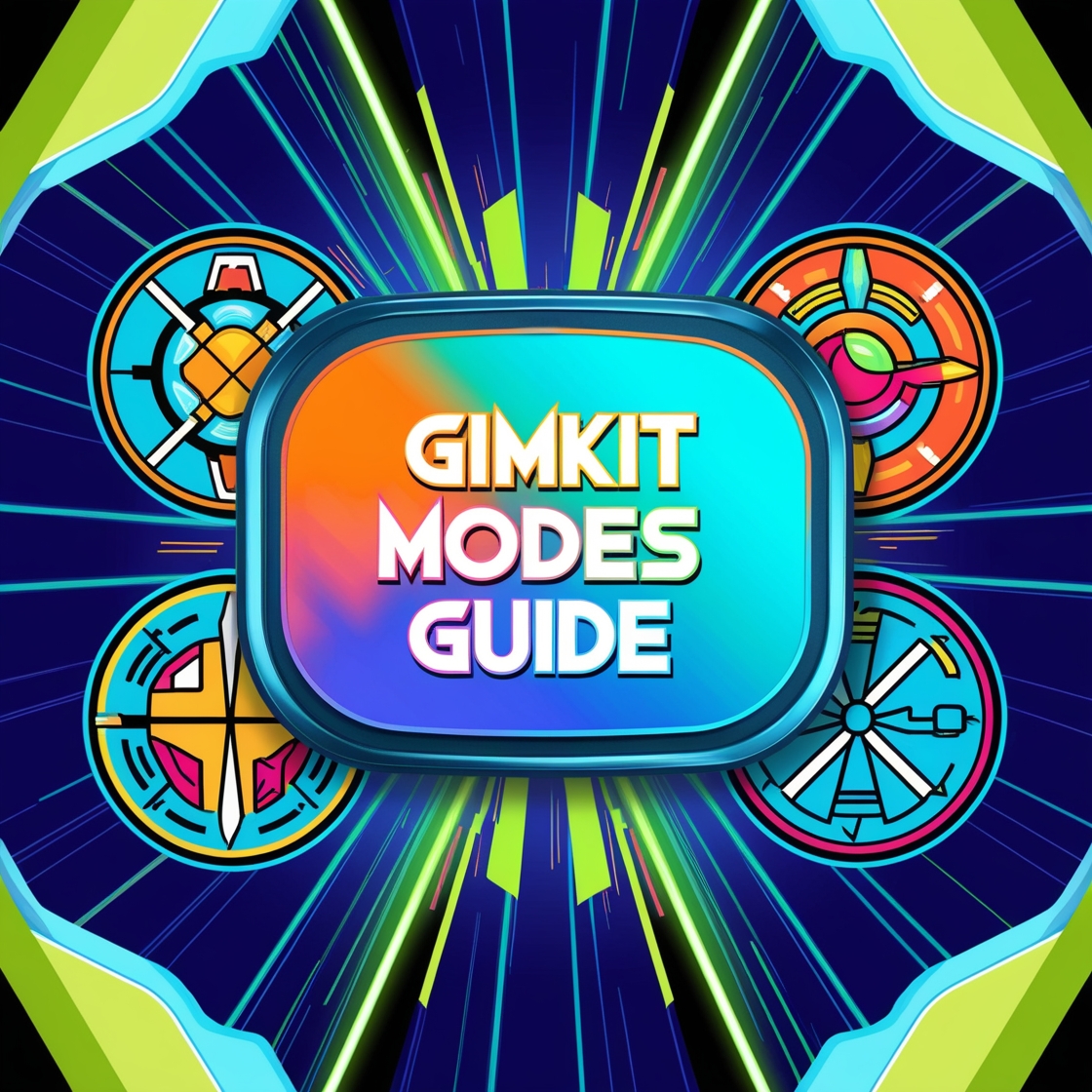When it comes to gamified learning, Gimkit stands out as a top-tier tool for making education interactive and fun. Teachers and students alike praise it for its ability to turn ordinary quizzes into exciting challenges. What truly sets Gimkit apart, though, is its diverse selection of game modes. Each mode offers unique features tailored to different teaching goals and classroom dynamics.
Are you ready to take your Gimkit experience to the next level? Whether you’re a seasoned educator or a curious beginner, this comprehensive guide to Gimkit game modes will help you understand, utilize, and maximize every option Gimkit has to offer.
Why Are Gimkit Game Modes Important?
Before we explore each mode, it’s essential to understand why they matter. Game modes allow educators to adjust the format of learning activities based on their objectives. Whether you’re fostering teamwork, encouraging strategy, or reviewing vocabulary, there’s a Gimkit mode designed to meet your needs.
Each mode changes the gameplay mechanics, keeping students engaged and preventing the monotony of traditional testing. Additionally, these modes promote critical thinking, communication, and applied knowledge, making them excellent tools for holistic learning.
Overview of Gimkit Game Modes
Gimkit currently offers a variety of gimkit game modes, each with its distinct rules and learning benefits. Here’s a detailed breakdown of each one, along with tips for making the most of them.
1. Classic Mode
This is Gimkit’s original mode and is perfect for straightforward quizzes. Students compete individually, answering questions to earn in-game currency. They can then spend this currency on upgrades, like multipliers, power-ups, and insurance, adding a strategic layer to the game.
Best Use Cases
- Quick practice sessions.
- Reviewing basic concepts.
- Individual student assessments.
Tips for Success
- Start with Classic Mode if your students are new to Gimkit.
- Limit the available upgrades to prevent distractions and focus on learning.
- Use engaging topics to spark student interest.
2. Team Mode
Team Mode turns learning into a collaborative effort. Students are grouped into teams that compete against each other. Unlike the individual competition in Classic Mode, this mode encourages teamwork and peer learning.
Features
- Shared team bank for in-game currency.
- Real-time tracking of team performance.
Best Use Cases
- Promoting collaboration and communication skills.
- Group projects or team problem-solving activities.
Tips for Success
- Create diverse teams by mixing skill levels to foster mentorship.
- Use custom questions that require critical thinking and teamwork.
- Offer prizes or incentives for the winning team to enhance motivation.
3. Trust No One (Among Us-Inspired Mode)

This mode is a fan favorite among students! Inspired by the popular game “Among Us,” Trust No One adds a social deduction element to Gimkit. Players are assigned roles such as “Crewmates” or “Imposters.” Crewmates must answer questions to maintain the ship, while Imposters create chaos.
Features
- Hidden roles with unique objectives.
- Requires both academic knowledge and strategic thinking.
Best Use Cases
- Icebreaker activities to build class dynamics.
- Engaging review sessions for more challenging material.
Tips for Success
- Explain the rules thoroughly before starting.
- Use this mode sparingly to maintain its novelty.
- Pair students strategically to balance competition.
4. Fishtopia
Fishtopia is one of Gimkit’s most immersive modes. Students explore a fishing-themed world, answering questions to earn bait. The goal is to catch fish, which can then be sold to upgrade equipment and unlock new areas.
Features
- Interactive game map with multiple levels.
- A balance of learning and exploration.
Best Use Cases
- Long classroom sessions that require sustained engagement.
- Teaching subjects like science, geography, or economics through gamification.
Tips for Success
- Integrate in-depth lesson themes into the gameplay (e.g., species of fish available).
- Set clear objectives to maintain focus on learning.
- Encourage students to collaborate while exploring.
5. The Floor is Lava
This energetic mode adds a physical element to Gimkit. Students must answer questions correctly to escape “lava” spreading across the game platform.
Features
- Time-based gameplay that encourages quick thinking.
- High-energy engagement to keep students physically active.
Best Use Cases
- Re-energizing a tired class.
- Quick review quizzes before assessments.
Tips for Success
- Use rapid-fire quizzes in subjects like vocabulary, math, or spelling.
- Adjust time constraints to challenge students appropriately.
- Incorporate movement-friendly classroom activities as part of the game.
6. Draw That
Here’s where art meets education! Draw That is Gimkit’s take on Pictionary. Students receive a prompt and draw an image based on the question. The other students must guess what is being drawn.
Features
- Focuses on creativity and imagination.
- Encourages participation from visual learners.
Best Use Cases
- Art classes or design projects.
- Language learning, where students illustrate abstract words or idioms.
Tips for Success
- Use topics that can easily be visualized by students.
- Encourage laughter and fun to build a positive classroom atmosphere.
- Divide the class into small groups to keep the pace manageable.
7. Tag Mode
Tag Mode is a high-energy running game where students answer questions to either “tag” others or avoid being tagged. The element of chase keeps everyone on their toes.
Features
- Combines knowledge and physical agility.
Best Use Cases
- Physical education or movement-based lessons.
- Brain breaks to reset student focus.
Tips for Success
- Use large classroom spaces or outdoor areas for this mode.
- Rotate roles so everyone gets an equal chance.
- Establish clear rules to maintain safety and order.
8. Snowbrawl
Students engage in a virtual snowball fight, but the only way to gather snowballs is by answering questions correctly. Snowbrawl is competitive and dynamic, making it an excellent choice for active learners.
Features
- Fast-paced and exciting gameplay.
- Encourages accuracy under pressure.
Best Use Cases
- Wintertime review activities.
- Rewards-based classroom competitions.
Tips for Success
- Use age-appropriate difficulty levels.
- Ensure students stay focused on the questions as the primary goal.
FAQs About Gimkit Game Modes

1. Are all Gimkit game modes free?
Most modes are available with a free Gimkit account, but some premium features and modes require a paid subscription.
2. Can I customize game questions for each mode?
Yes, every game mode allows you to create or import custom questions tailored to your lesson plans.
3. Which game mode is best for large classrooms?
Team Mode and Fishtopia work well for large classes, as they encourage collaboration and allow multiple students to participate actively.
4. How do I unlock new game modes in Gimkit?
New modes are usually accessible with updates or through Gimkit’s paid plan. Always check for announcements about new features!
5. Can Gimkit game modes be used for virtual learning?
Absolutely! Modes like Classic and Team Mode work seamlessly with remote tools like Zoom or Google Meet. Just share the game code, and students can join from anywhere.
6. How can I track student progress in different modes?
Gimkit offers detailed reports after each game. These include data on correctness, speed, and overall performance, helping you adapt future lessons.
7. Are new game modes added regularly?
Yes, Gimkit frequently updates the platform with fresh game modes and enhancements. Stay connected with the Gimkit Blog for the latest updates.
Final Thoughts
Gimkit’s diverse game modes provide classrooms with endless opportunities to make learning exciting, inclusive, and effective. Whether it’s fostering teamwork in Team Mode, challenging creativity in Draw That, or adding a dose of mystery with Trust No One, there’s something for every teaching style and student preference.
By mastering these modes, you can transform routine lessons into unforgettable experiences. Bookmark this guide and visit Gimkit Blog regularly for updates, tips, and inspiration.

